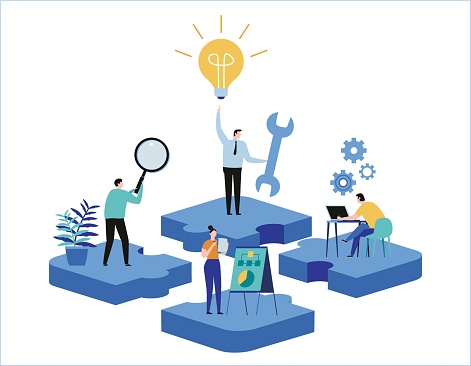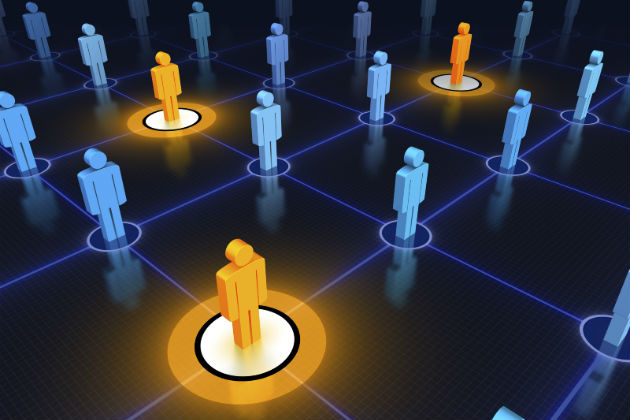Welcome to our monthly review of major happenings in the digital space. Here are a few significant updates that might interest you;
- Twitter Announces Product Drops For Merchants
Twitter has just released a new feature called Product Drops. This feature allows brands to notify their followers when they launch a new product. It is the first of its kind for a social media platform. When a merchant tweets about an upcoming launch, followers will get to see a “Remind me” button at the bottom of the tweet. If they are interested in the product, they will simply tap that button to be reminded of the launch day. On the launch day, they will receive a notification in the app 15 minutes before, and at the time of the drop. Clicking the notification will bring them to the merchant’s website where they can shop for the product. For more information, click here.
- Google May 2022 Core Update Is Finished Rolling Out
Google has confirmed that the May 2022 core update has finished rolling out. This is a big update and it rolled out quickly for many queries the data providers track. It was scheduled a lot better for retailers. It includes some of the early chatter, ranking charts and social shares from some SEOs. Now, users can find plenty of examples of SEOs sharing charts from their clients mostly showing winners but also showing losers. For more information, click here.
- Google Expands Verification Requirement For Finance Ads
Google is now expanding its verification program for finance ads, which will require advertisers in more countries to prove they are authorized to promote financial services. The new verification adds an extra layer of protection against financial fraud, helping to ensure that people aren’t scammed when they click on search ads. This program was first launched in the UK in September 2021 and has reportedly led to a noticeable decline in ads promoting fraudulent services. Following the success, Google is now expanding it to additional countries starting with Australia, Singapore, and Taiwan. For more information, click here.
- Instagram Adds New Option to Pin Posts on Your Profile
Instagram has officially launched its new feature to pin posts on your profile, providing another option to control your IG profile display. Now, you pin up to three posts (photos or Reels) to remain at the top of your profile grid. Starting today, the feature will be available globally to all users. For more information, click here.
- Yoast SEO Premium Now Offers IndexNow
Yoast SEO has finally adopted IndexNow and some users can’t be more excited. IndexNow provides a method for website owners to instantly inform search engines about the latest content changes on their website. It is a simple ping protocol so that search engines know that a URL and its content has been added, updated, or deleted, allowing search engines to reflect this change in their search results quickly. Yoast explained that IndexNow features fit into their view of a sustainable crawling and indexing solution, so now is the time to implement it with a new integration in Yoast SEO. This is now available in the premium version of Yoast SEO version 19.2. For more information about this update, click here.
- Instagram Opens Reels API Access to Third-Party Platforms
Meta has announced that it’s launching its Reels API for external use. This API access enables platforms like Hootsuite to provide cross-platform posting and analytics capacity within a single dashboard, and soon, Instagram Reels will also be available as an option in these tools.
The new API will support content scheduling, insights, moderation, hashtag search and more within the Reels element. This is great news for brands and social media managers as the added capacity to manage their Reels content within a broader social media management tool will make it much easier to add Reels into their social content mix. There’s no official date on when these new processes will be available, but Instagram says that the rollout of the new Reels API will begin with 25% of Instagram user accounts today, before becoming fully accessible by July 6th. For more information about this update, click here.
- LinkedIn Expands Streamlined ‘Boost’ Ad Option to LinkedIn Events
LinkedIn is expanding its streamlined ‘Boost’ ad option. Now, users can amplify their LinkedIn event listings via the Boost process in the app. This feature was initially launched last year, providing a simple, quick way to amplify organic posts in the app. Similar to the like Facebook’s Boost process, the feature aims to simplify ad spend, helping marketers capitalize on early traction to expand their messaging. For more information, click here.
- Google Maps Adds New Store Location Feature, Locator Plus, Reserve with Google Integration, New Analytics and More
Google Maps Platform has just launched some new features. This is to help businesses add more profound integration with its Google Maps Platform APIs and streamline some of their integrations with Google Maps. The new features are listed below:
- Reserve With Google Embed Feature: Google is now allowing businesses to use the Reserve with Google feature on their own sites or portals. Google added new APIs to allow users to embed the Reserve with Google on their website and maps.
- Store Locator Embed Feature: Google also rolled out a way to manage and publish store locator using the Google Maps platform. This feature will allow users to quickly update and roll out their store locator” on their website. In the Locator Plus solution, users can capture the location of every single store they want to show within one map.
- Google Locator Plus: The new Locator Plus feature allows businesses easily import business details from your Google Business Profile. The details include hours, contact information, photos, service options, and more.
- Google Store Locator Analytics: This analytics dashboard will help users better understand the impact of their implementation and generate insights from data. It shows you how well a website visitor is engaging with a store locator.
These new tools can be useful for large and small businesses to manage their local presence not just on Google but also on their own website. For more information about this update, click here.
- Clubhouse Tests Private Rooms, New Reactions as it Seeks to Maintain Relevance
Clubhouse is now testing private groups as a means to enable more intimate interaction in the app. This is due to the fact that the app is struggling to maintain relevance. According to reports, Clubhouse saw 3.8 million new installs globally between January 1st and May 31st this year, compared to 19 million installs during the same period in 2021, an 80% year-over-year decline. Clubhouse is also trying new in-app tools and features, including Reactions within Rooms and other response options. For more information about this update, click here.
- Snapchat Officially Launches its New ‘Snapchat+’ Subscription Program
Snapchat has just launched its new Snapchat+ subscription service, which will enable users to pay a monthly fee in order to gain access to exclusive in-app features like custom app icons, new profile badges, data insights, display tools and more. The new subscription program for $3.99/month will include:
- Access to exclusive Snapchat icons
- A new profile badge to show that you’re a Snapchat+ user
- New data insights, including the capacity to see your friends’ location history (over the last 24 hours) and info on who’s rewatched your Story
- The capacity to pin a user in the app as ‘your #1 best friend’
Snapchat+ will first be available to users in the US, Canada, the UK, France, Germany, Australia, New Zealand, Saudi Arabia, and the United Arab Emirates. Snapchat says that it will look to further expand access over time. For more information about this update, click here.
Thank you for reading. See you next month for more news and interesting reads in the digital space.









